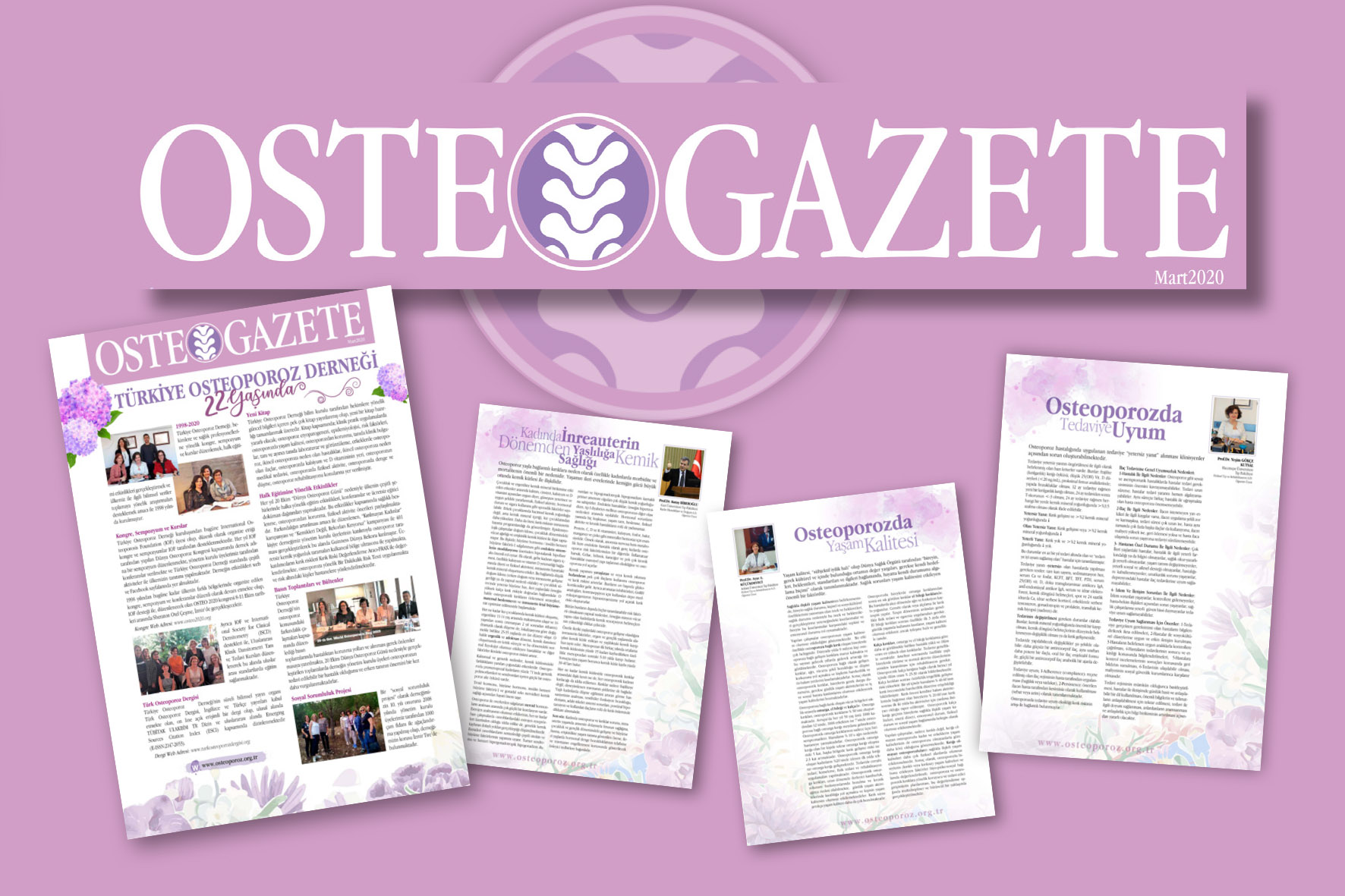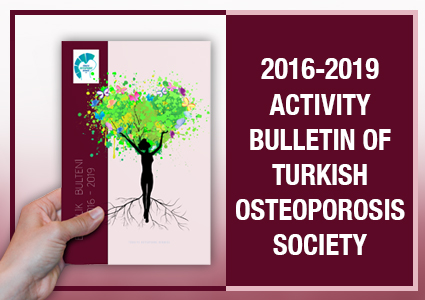Osteoporosis Prevention and Nutrition

All ABOUTH OSTEOPOROSIS

Osteoporosis Prevention and Nutrition
OSTEOPOROSIS PREVENTION AND NUTRITION
Although genetic factors largely determine the size and density of bones, lifestyle factors such as good nutrition, regular exercise, and avoiding smoking and excess alcohol also play a key role. The prevention of osteoporosis begins with optimal bone mass acquisition during growth. Bones are living tissue, and the skeleton grows continually from birth to the end of the teen years, reaching a maximum strength and size (peak bone mass) in early adulthood. An efficient way of preventing osteoporotic fractures is to build up the strongest bones possible during childhood and adolescence through:
-
Sufficient Calcium intake
-
Maintaining adequate supply of vitamin D through sufficient exposure to the sun and through diet
-
Avoiding undernutrition and protein malnutrition
-
Participating in regular physical activity
-
Avoid smoking
From the 40s onwards, bone loss starts to increase more than bone gain and accelerates in postmenopausal women. In men, the loss of bone mass starts at the age of 50 but process of the loss is slower. Preventive measures may decelerate bone loss at this stage. Proper nutrition including a diet sufficient in calcium, vitamin D and protein is of importance for protecting against loss of bone mass and for maintaining bone strength.
Milk and dairy products are a convenient source of calcium for many people. They are also a good source of protein. Green vegetables such as broccoli, spinach, curved kale and certain fishes and almond are some of the calcium rich aliments. At least 1,200 mg of elemental calcium per day is recommended to prevent fractures and bone loss in people aged 50 years and older. If this amount is not supplied by the diet calcium supplements should be taken.
Vitamin D plays a key role for bone health, calcium absorption, muscle strength, balance and for preventing risk of falls. 800-900 IU of vitamin D per day is recommended for adults 50 years and older. Vitamin D supplementation treatment is recommended in case of insufficient dietary vitamin D intake. Protein undernutrition also robs the muscles of mass and strength, heightening the risk of falls and fractures, and it contributes to poor recovery in patients who have had a fracture. 1gr of protein per kg body weight per day is recommended.
Weight-bearing and muscle strengthening, and balance exercises are recommended to reduce the risk of falls and fracture. Exercises may promote higher bone density. A regular, well-structured exercise regimen is a necessary component in osteoporosis prevention and in overall health of people of all age groups. Healthcare provider’s examination before beginning an exercise program is essential. Awareness on risk factors for falls and preventing measures are important for fracture prevention (See: Chapter: Risk factors for fall).
Adequate Intakes for Calcium:
Age Mg/day
Birth to 12 months 400 mg
1-3 years 500 mg
4-6 years 600
7-9 years 700
10-18 years 1300
19 years-menopause 1000
Post-menopause 1200
Pregnant 1200
Men 19-65 years 1000
Men 50+years 1200
Selected Food Sources of Calcium:
|
Food
|
Serving Size (average)
|
Calcium (mg)
|
| Milk, semi-skimmed | glass, 200 ml | 240 |
| Milk skimmed | glass, 200 ml | 244 |
| Milk whole | glass, 200 ml | 236 |
| Ayran | glass, 200 ml | 280 |
| Yoghurt, low-fat, fruit | Pot, 150 g | 210 |
| Yoghurt, low-fat, plain | pot, 150 g | 243 |
| Kashkaval cheese | a thick slice (45 g) | 146 |
| Lor Cheese | ½ pot | 301 |
| Broccoli, boiled | serving, 85 g | 34 |
| Curly Kale | serving, 95 g | 143 |
| Almonds | 12 whole, 26 g | 62 |
| Sesame seeds | 1 tablespoon, 12 g | 80 |
| Hazelnuts | 20 whole, 20 g | 28 |
| Walnuts | 12 halves, 40 g | 38 |
| Rice pudding | average portion, 200 g | 176 |
| Ice cream, dairy, vanilla | average serving, 75 g | 75 |
| Cheescake | average slice, 120 g | 94 |
| Sardines in oil, tinned | portion, 100 g | 500 |
| White bread | slice, 30 g | 53 |
| Apricots | 4 fruit, 160 g | 117 |
| Figs | 4 fruit, 220 g | 506 |
| Orange | peeled, 160 g | 75 |
| Omelets, cheese | 2 eggs, 120 g | 344 |
| Lasagna | portion, 420 g | 420 |
| Macaroni cheese | portion, 220 g | 374 |
| Pizza, cheese & tomato | 410 g | 873 |





































































